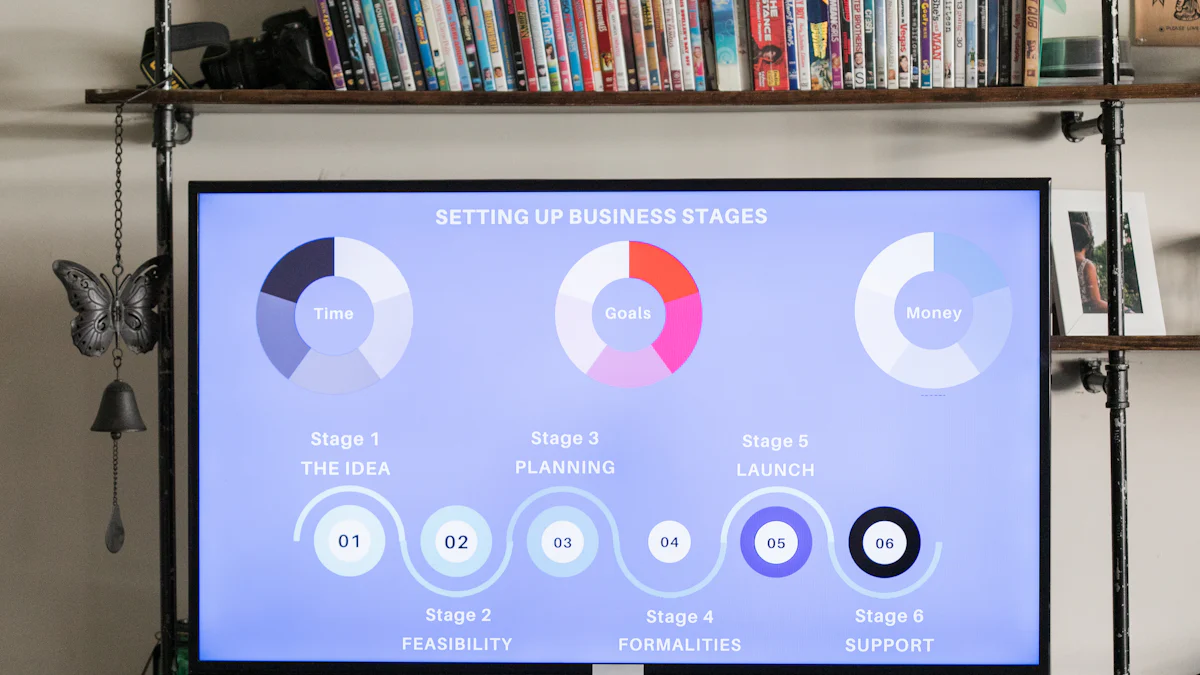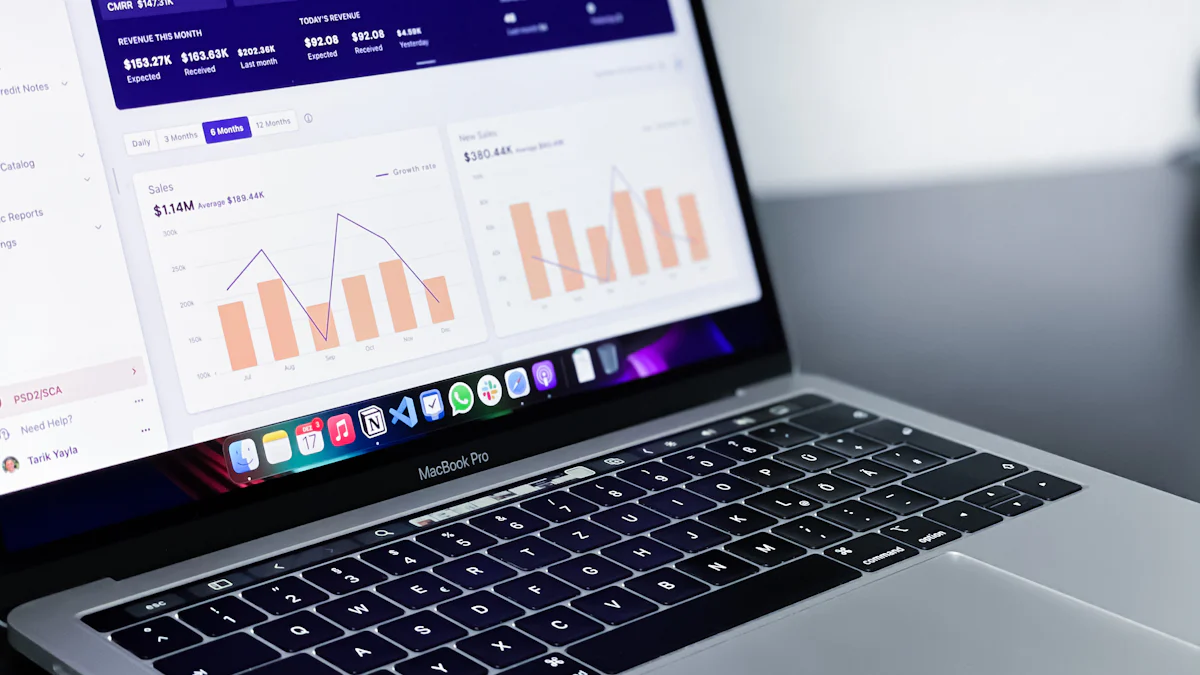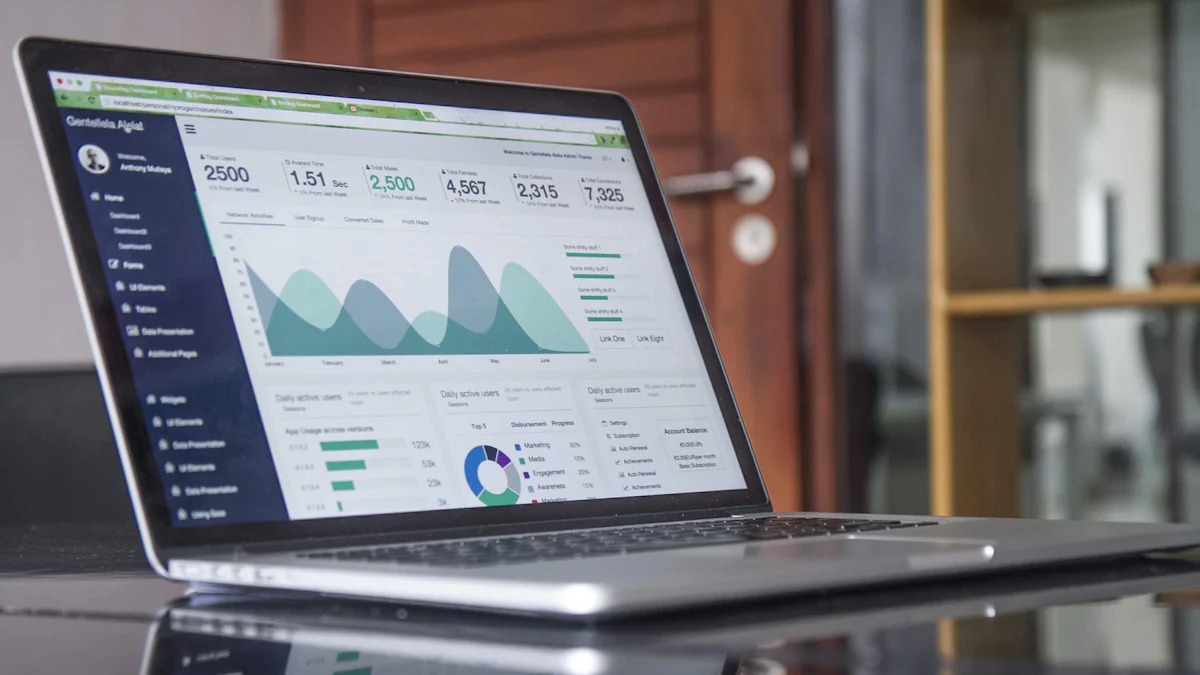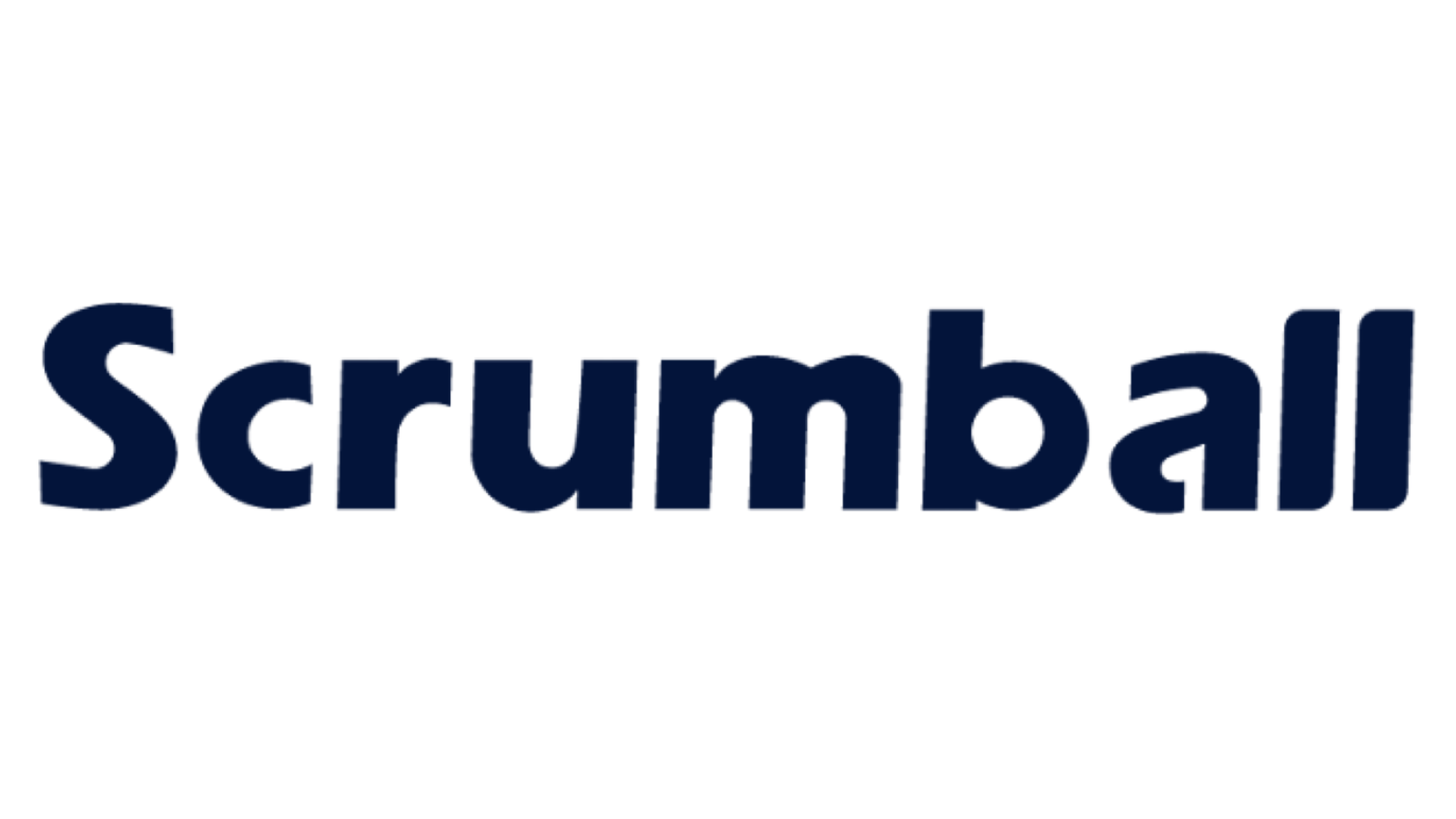Why Marketing Automation is a Game-Changer for SaaS Companies

You face unique challenges when running a SaaS business. A negative product experience can drive customers away, while poor user education limits retention and upgrades. Attracting new users and converting free accounts into paying customers require constant effort. Many SaaS companies also struggle to use product analytics effectively, which impacts scalability and efficiency. Marketing automation SaaS solutions address these issues by streamlining operations and optimizing customer journeys. Automation helps you nurture long-term relationships, reduce churn, and scale your business without increasing overhead. Without it, inefficiencies and missed opportunities can hold you back in a competitive market.
The Core Benefits of Marketing Automation for SaaS Companies

Improved Efficiency and Productivity
Automating repetitive tasks like email campaigns and lead nurturing
Marketing automation simplifies time-consuming tasks like email scheduling, audience segmentation, and lead nurturing. Tools like HubSpot and Marketo handle these processes, freeing up your team to focus on strategic initiatives. By automating these repetitive tasks, you can ensure that the right message reaches the right prospect at the right time. This approach not only enhances conversion rates but also reduces churn by improving onboarding and user experience.
- Key benefits include:
- Enhanced conversion rates through personalized marketing.
- Accurate reporting to measure campaign effectiveness.
- Effective lead nurturing with automated sequences.
Allowing marketing teams to focus on strategy and creativity
When automation takes over routine tasks, your marketing team can dedicate more time to creative strategies. This shift allows them to design campaigns that resonate with your audience. It also enables them to analyze data for deeper insights into customer behavior. As a result, your team can craft personalized experiences that drive engagement and loyalty.
Scalability for Rapid Growth
Managing larger customer bases without increasing manual effort
As your SaaS business grows, managing a larger customer base becomes challenging. Marketing automation helps you scale without adding manual effort. Automated workflows for email campaigns and notifications deliver personalized experiences at scale. By using customer data to trigger messages based on behaviors, you can increase engagement and customer lifetime value.
- Benefits of scalability include:
- Streamlined processes that enhance conversion rates.
- Personalized marketing that nurtures leads and builds brand loyalty.
- Targeted messaging that improves customer experience while saving resources.
Supporting expansion into new markets with minimal overhead
Expanding into new markets often requires significant resources. Marketing automation reduces this burden by streamlining operations. It allows you to replicate successful campaigns in new regions without hiring additional staff. This efficiency ensures that your SaaS business can grow sustainably while maintaining high-quality customer interactions.
Cost-Effectiveness
Reducing the need for additional marketing staff
Marketing automation boosts sales productivity by 14%, enabling your team to focus on high-level tasks. This efficiency reduces the need to hire more staff as your business scales. By automating processes like lead scoring and customer segmentation, you can achieve more with your existing team.
Maximizing ROI through targeted, data-driven campaigns
Marketing automation helps you deliver relevant content and offers based on customer behavior. Advanced analytics tools provide insights into preferences and pain points, allowing you to tailor your strategies. This targeted approach improves engagement and retention, ultimately maximizing your return on investment.
- Key advantages include:
- Engaging and retaining users with personalized content.
- Streamlining processes to make operations more efficient.
- Influencing how you attract, engage, and keep customers.
Key Features of Marketing Automation Tailored to SaaS Needs
Integration with SaaS Tools and Platforms
Seamless connection with CRM, analytics, and subscription management tools
Marketing automation systems excel at connecting with the tools you already use. Platforms like Customer.io, Active Campaign, and Drip integrate seamlessly with your CRM, analytics, and subscription management tools. This integration ensures that your marketing efforts align with your business operations. Social media tools like Buffer and Hootsuite, along with product adoption platforms like Userpilot and Pendo, further enhance your ability to engage customers. These connections simplify workflows, reduce manual effort, and improve the efficiency of your marketing campaigns.
Centralized data for a unified view of customer interactions
Centralized data gives you a complete view of your customers. It enables you to make data-driven decisions and tailor your marketing strategies to meet customer needs. With access to real-time data, you can adjust campaigns dynamically, ensuring relevance and effectiveness. Centralized management of multi-channel campaigns also ensures consistent messaging, which improves customer engagement and drives conversions.
Data-Driven Insights and Personalization
Leveraging analytics to understand customer behavior
Analytics tools help you uncover valuable insights about your customers. You can segment users based on behavior, analyze feature usage trends, and identify friction points in the user journey. For example, funnel analysis reveals where users drop off, while heatmaps highlight areas for improvement. These insights allow you to optimize the user experience and create strategies that resonate with your audience.
Delivering personalized content at scale
Personalized content enhances engagement by targeting specific customer segments. Predictive personalization tools suggest next best actions based on user behavior, ensuring a dynamic experience. This approach builds emotional connections with your audience and drives more customers from your target market. By delivering tailored content at scale, you can improve retention and maximize customer lifetime value.
Customer Journey Optimization
Mapping and automating the entire customer lifecycle
Mapping the customer lifecycle helps you understand how users interact with your brand. Start by defining your marketing funnel and tracking key metrics like activation rate and churn rate. Visualize the customer journey to identify opportunities for improvement. Once mapped, automate workflows to streamline processes and enhance the user experience.
Enhancing onboarding, retention, and upselling efforts
Optimizing the customer journey improves onboarding and retention. Metrics like time to first value and customer satisfaction score measure the success of your efforts. Automation ensures that customers receive timely, relevant communication, which boosts satisfaction and reduces churn. Upselling and cross-selling opportunities also increase as you deliver personalized recommendations based on user behavior.
Real-World Examples of SaaS Companies Using Marketing Automation

Example 1: HubSpot
How HubSpot used automation to improve lead conversion rates
HubSpot leveraged marketing automation to transform its lead management process. You can see how they enhanced lead qualification by using accurate tools and lead scoring to prioritize prospects based on their likelihood to convert. They personalized lead nurturing with tailored content, ensuring that each lead received relevant communication. Real-time notifications improved response times, while analytics provided insights into conversion rates. By integrating sales and marketing efforts, HubSpot created a seamless workflow that boosted collaboration and efficiency.
Results achieved in terms of revenue growth and efficiency
HubSpot achieved remarkable results through marketing automation. Their operations grew by 806%, thanks to seamless onboarding and alignment with their CRM. They saved 50% of the time spent on lead scoring and reporting by integrating with LinkedIn Ads, which brought in more high-quality leads. The impact on revenue was significant:
| Metric | Result |
|---|---|
| Increase in deals created | 39% |
| Increase in deals closed | 50% |
| Deals closed with reporting | 8x more |
Example 2: Slack
Automating customer onboarding to reduce churn
Slack used automation to streamline its onboarding process. By automating welcome emails, tutorials, and feature introductions, they ensured that new users quickly understood the platform's value. This approach reduced churn by addressing user confusion early. Automation also allowed Slack to deliver personalized onboarding experiences, which increased customer satisfaction and retention.
Impact on customer satisfaction and retention
Slack's automated onboarding improved user engagement and loyalty. Customers received timely, relevant guidance, which helped them adopt the platform more effectively. This strategy not only reduced churn but also turned satisfied users into long-term advocates for the brand.
Example 3: Dropbox
Scaling marketing efforts during rapid growth
Dropbox relied on marketing automation to scale during a period of explosive growth. Their referral program, powered by automation, grew their user base from 100,000 to 4 million in just 15 months. This program kept acquisition costs low by incentivizing existing users to refer others. Automation ensured the program scaled seamlessly, combining organic growth with cost-effective incentives.
Lessons learned and best practices
Dropbox's success offers valuable lessons for your SaaS business:
- Create a reliable product that users trust.
- Engage potential users early through beta programs and landing pages.
- Innovate instead of relying on traditional marketing methods.
- Incentivize word-of-mouth referrals to drive growth.
- Use analytics to understand what works and refine your strategies.
These practices highlight how marketing automation can drive growth while maintaining efficiency.
Why Marketing Automation is Essential for Long-Term Growth
Staying Competitive in a Crowded Market
Keeping up with industry leaders who leverage automation
Marketing automation helps you stay competitive by streamlining your processes and improving efficiency. Industry leaders use automation to enhance trial conversions, customer satisfaction, and retention. These factors are critical for SaaS companies aiming to thrive in crowded markets.
Data-driven marketing is essential for SaaS companies to optimize campaigns. By leveraging advanced analytics, you can tailor your strategies to meet customer needs, ensuring campaigns remain relevant and effective.
Automation also enables you to track in-app events and user activity. This data allows you to refine your marketing strategies, reduce churn, and provide timely outreach to customers.
- Key benefits include:
- Enhanced conversion rates through personalized marketing.
- Real-time reporting for better decision-making.
- Effective lead nurturing with automated sequences.
Differentiating through personalized, data-driven marketing
Personalized, data-driven marketing sets you apart from competitors. Advanced analytics tools help you understand customer behavior and preferences. This insight allows you to create tailored campaigns that resonate with your audience. AI-powered marketing software further enhances personalization by analyzing user interactions and suggesting next steps.
- Strategies to differentiate:
- Use account-based marketing to target specific accounts with customized campaigns.
- Leverage AI and machine learning to optimize user experiences.
- Deliver real-time adjustments to keep campaigns relevant and effective.
Building Stronger Customer Relationships
Nurturing leads and retaining customers with tailored communication
Tailored communication strengthens your relationships with leads and customers. SaaS companies like Qualtrics and Userpilot use in-app feedback and personalized onboarding to improve user experience. Automation ensures timely, relevant interactions that build trust and loyalty.
- Examples of tailored communication:
- Todoist sends personalized product updates to users, addressing them by name.
- Avocode reaches out to former users with updates based on their feedback.
Turning customers into brand advocates
Satisfied customers become your strongest advocates. Marketing automation enhances their experience through personalized interactions, fostering loyalty. Happy customers often share their positive experiences, boosting your brand's credibility.
- Benefits of turning customers into advocates:
- Increased brand awareness through word-of-mouth referrals.
- Higher retention rates due to improved customer satisfaction.
- Enhanced credibility in the SaaS market.
Future-Proofing Your SaaS Business
Adapting to evolving customer expectations
Customer expectations evolve rapidly. Marketing automation saas solutions help you adapt by streamlining tasks and integrating predictive analytics. These tools anticipate customer needs, ensuring your strategies remain effective. Building a community and gathering feedback also enhance trust and loyalty.
- Key trends to adapt to:
- Increased reliance on automation for efficiency.
- Importance of data-driven marketing for campaign optimization.
- Rise of account-based marketing for targeted engagement.
Leveraging AI and machine learning for continuous improvement
AI and machine learning transform your marketing efforts. These technologies analyze user behavior, enabling smarter decisions and personalized experiences. Predictive analytics identifies high-value leads, optimizing your resource allocation.
- How AI drives improvement:
- Personalizes user interactions based on behavior.
- Streamlines operations, reducing costs and response times.
- Provides actionable insights for better strategies.
- Monitors campaign performance in real-time for immediate adjustments.
By embracing these advancements, you future-proof your SaaS business and maintain a competitive edge.
Marketing automation empowers your SaaS business to operate efficiently, scale rapidly, and deliver exceptional user experiences. By automating repetitive tasks, you can focus on strategic priorities while improving lead nurturing and customer retention. Features like data-driven insights and personalized interactions ensure smarter decisions and stronger customer relationships. Marketing technology also optimizes ROI by targeting high-value leads and refining campaigns in real time.
Adopting marketing software is no longer optional. It simplifies workflows, enhances trial conversions, and reduces churn. SaaS companies leveraging automation, like HubSpot and Dropbox, have achieved remarkable growth and efficiency. To thrive in a competitive market, you must embrace automation as a cornerstone of your strategy.
FAQ
What is marketing automation, and how does it work?
Marketing automation uses software to streamline repetitive tasks like email campaigns, lead nurturing, and customer segmentation. It works by setting up workflows that trigger actions based on user behavior, ensuring timely and personalized communication.
Can small SaaS companies benefit from marketing automation?
Yes, small SaaS companies can benefit greatly. Automation saves time, reduces costs, and improves efficiency. It allows you to scale operations, nurture leads, and deliver personalized experiences without needing a large marketing team.
How do I choose the right marketing automation tool for my SaaS business?
Identify your needs first. Look for tools that integrate with your existing platforms, offer analytics, and support your customer journey. Popular options include HubSpot, Marketo, and ActiveCampaign. Test free trials to find the best fit.
Is marketing automation expensive?
Marketing automation can be cost-effective. Many tools offer tiered pricing based on features and usage. By automating tasks, you save on labor costs and improve ROI through targeted campaigns, making it a worthwhile investment.
How does marketing automation improve customer retention?
Automation enhances retention by delivering timely, personalized communication. It helps onboard new users, provides relevant content, and identifies upselling opportunities. By addressing customer needs proactively, you build loyalty and reduce churn.
See Also
The Importance of Sponsored Posts for Business Success
Grasping the Concept of Product Seeding Today
Key Influencer Marketing Statistics for Effective Planning
